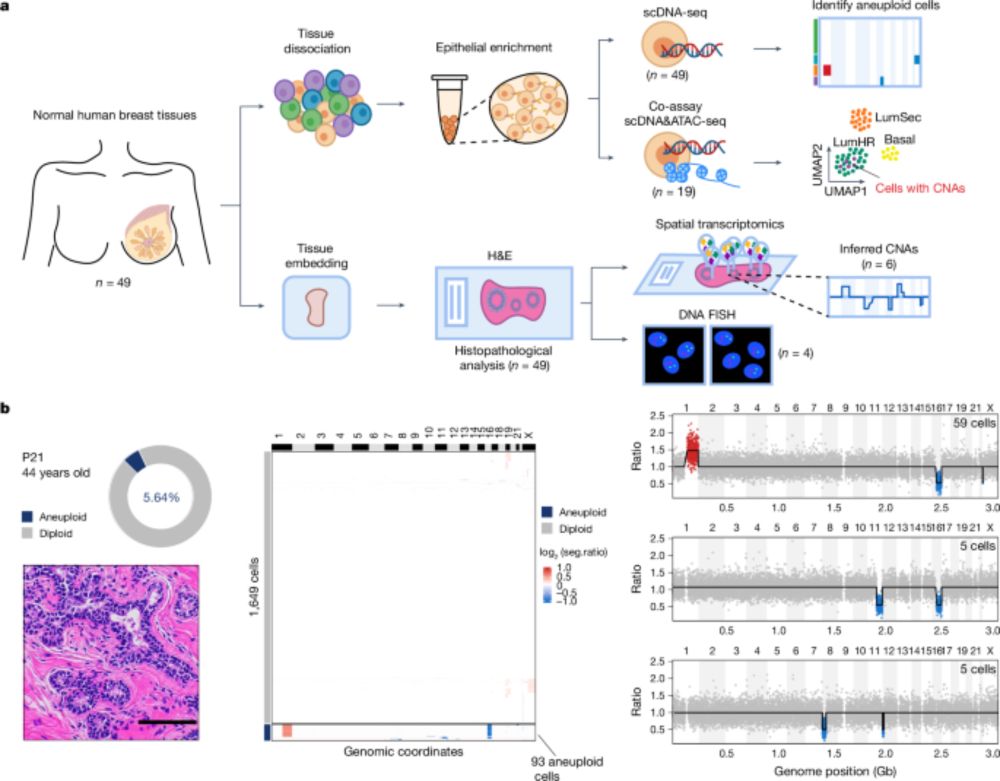
www.biorxiv.org/content/10.1...

www.biorxiv.org/content/10.1...
Two new papers identify 3 families with FAAP100 homozygous mutations leading to severe developmental and hematologic abnormalities leading to death in utero or in early life.
www.jci.org/articles/vie...
www.jci.org/articles/vie...
Two new papers identify 3 families with FAAP100 homozygous mutations leading to severe developmental and hematologic abnormalities leading to death in utero or in early life.
www.jci.org/articles/vie...
www.jci.org/articles/vie...
We are a mission-driven, highly collaborative and dynamic team located at the Wellcome Genome Campus, one of the most exciting hubs in the world focused on biomedical research 👇

We are a mission-driven, highly collaborative and dynamic team located at the Wellcome Genome Campus, one of the most exciting hubs in the world focused on biomedical research 👇

www.biorxiv.org/content/10.1...
www.biorxiv.org/content/10.1...
It's literally the loom that spins hay into gold but these numpties are suddenly worried about the cost of hay.

It's literally the loom that spins hay into gold but these numpties are suddenly worried about the cost of hay.
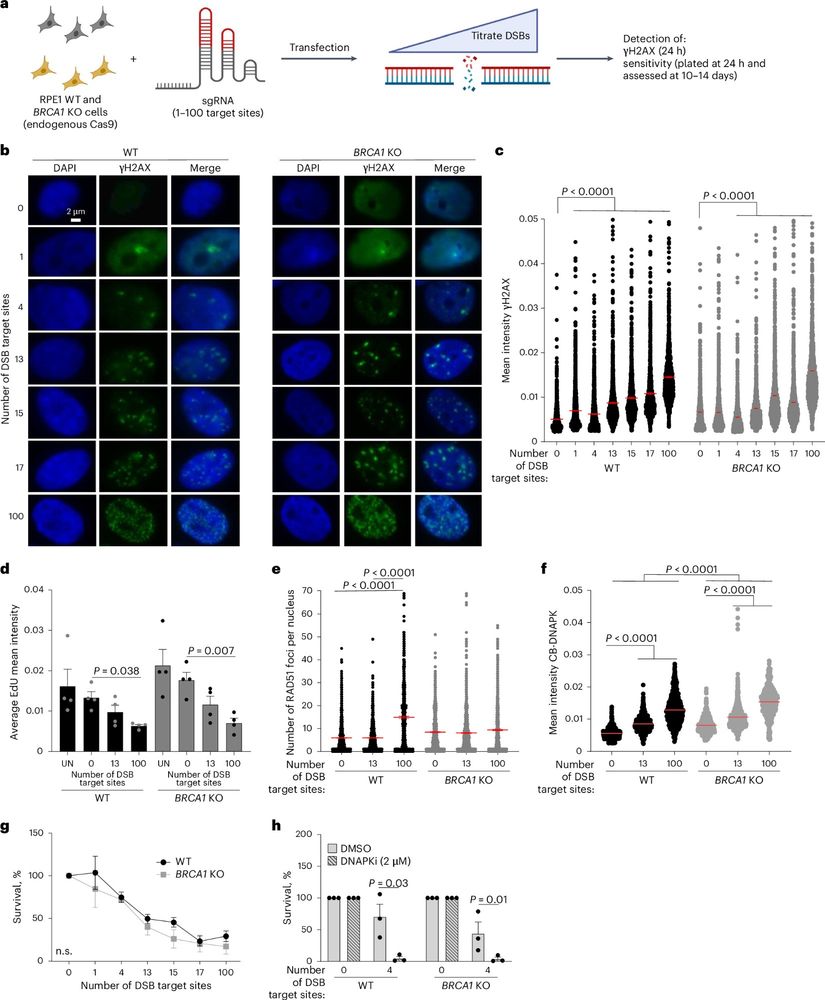
The question is how are DNA breaks held together during HR?? 1/n
www.biorxiv.org/content/10.1...

The question is how are DNA breaks held together during HR?? 1/n
www.biorxiv.org/content/10.1...
www.nature.com/articles/s41.... Great work from @sol-herve.bsky.social & Andrea Scelfo in close collaboration with @katemiro.bsky.social
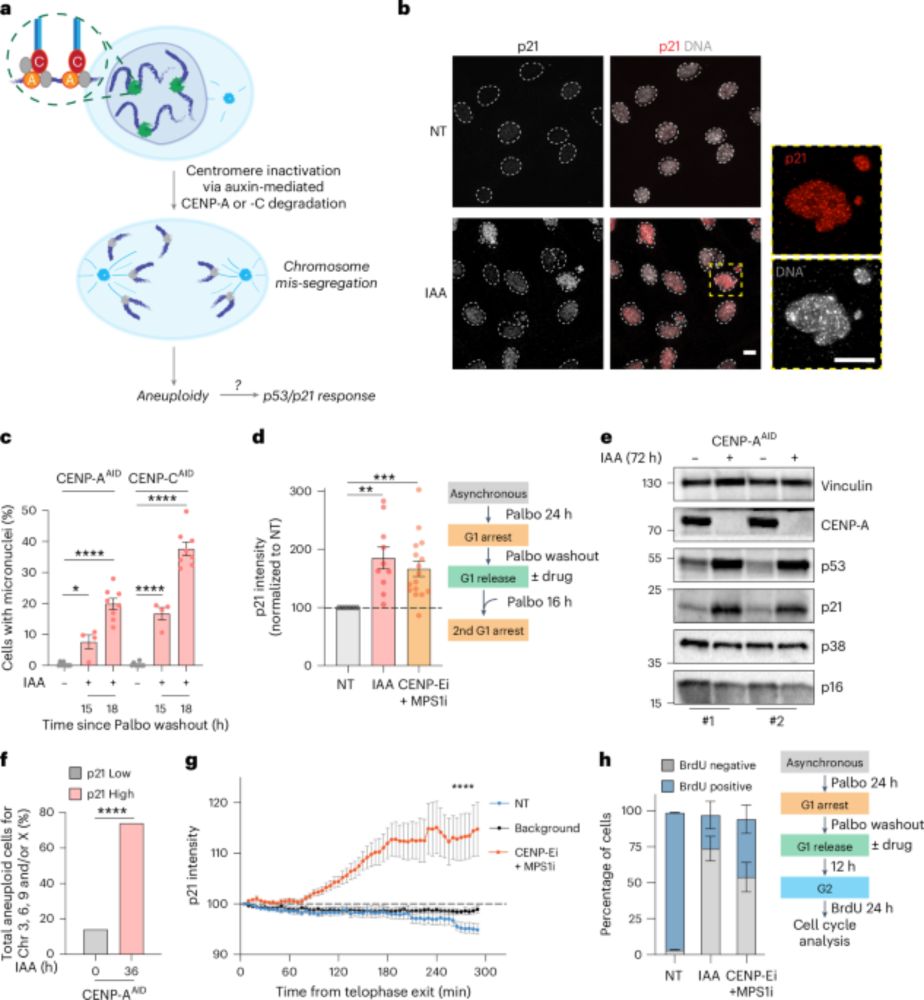
www.nature.com/articles/s41.... Great work from @sol-herve.bsky.social & Andrea Scelfo in close collaboration with @katemiro.bsky.social

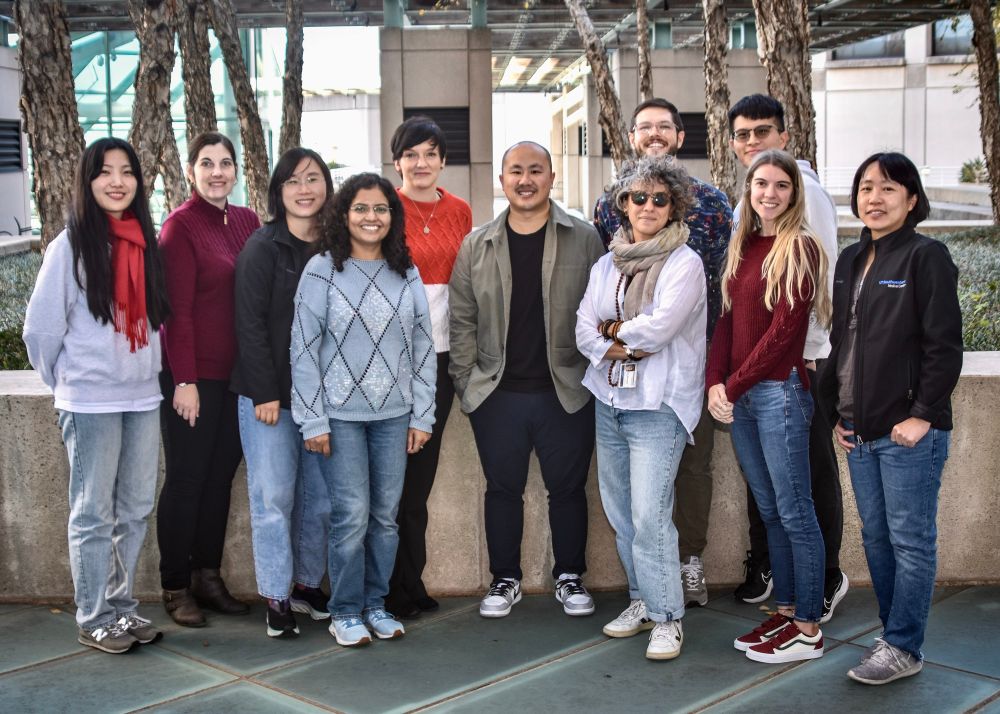

We reveal a strategy to engineer extrachromosomal DNA (ecDNA) amplifications in cells & mice. Let's dive in! Let’s dive in! 🧵👇
www.nature.com/articles/s41...
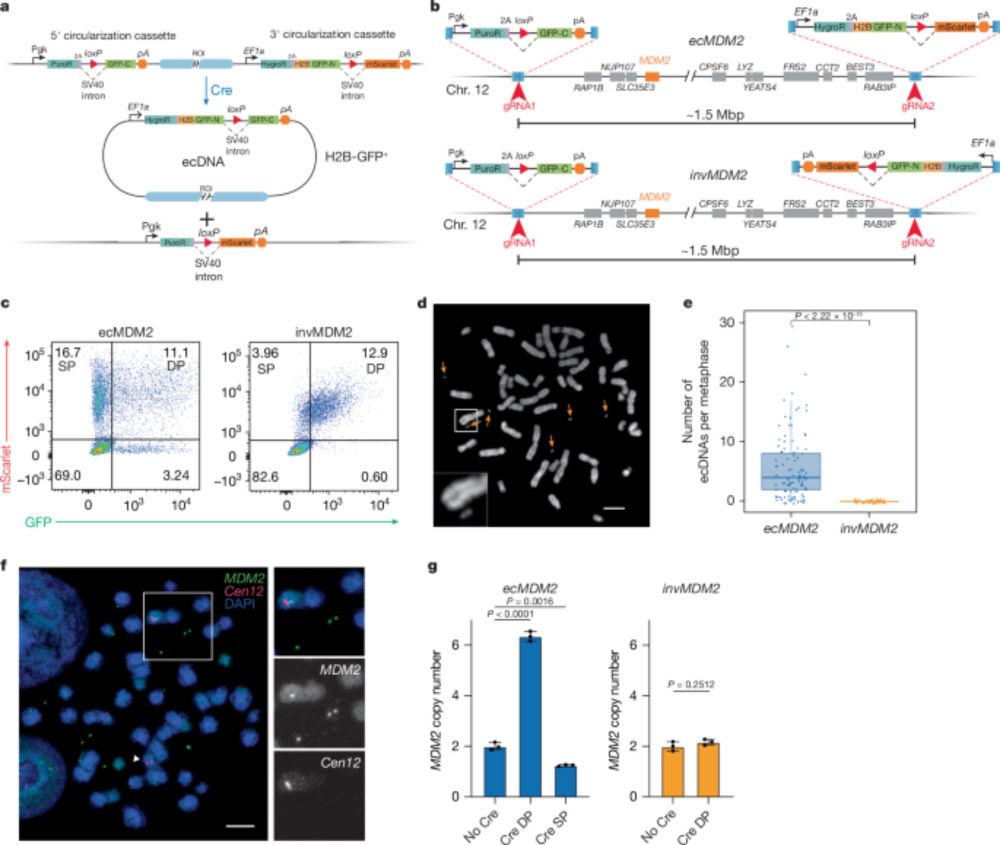
We reveal a strategy to engineer extrachromosomal DNA (ecDNA) amplifications in cells & mice. Let's dive in! Let’s dive in! 🧵👇
www.nature.com/articles/s41...
DNA Break Repair by Homologous Recombination
youtu.be/Xe-83tBcxhs
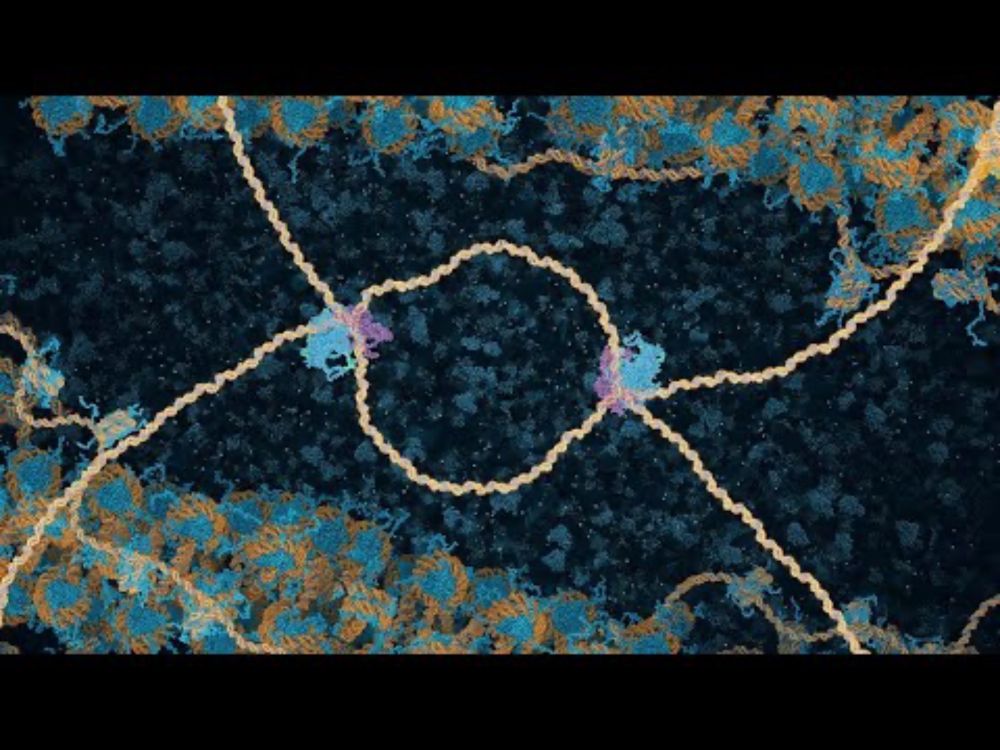
DNA Break Repair by Homologous Recombination
youtu.be/Xe-83tBcxhs
www.nature.com/articles/s41...

www.nature.com/articles/s41...

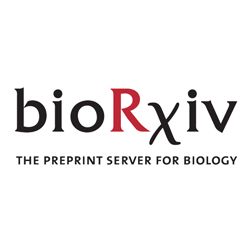
nightscience.buzzsprout.com/1744020/epis...

Check out the original paper in Cell here:
www.cell.com/cell/fulltex...
Here's a summary thread from "the other site": x.com/PeterLyLab/s...
Check out the original paper in Cell here:
www.cell.com/cell/fulltex...
Here's a summary thread from "the other site": x.com/PeterLyLab/s...
